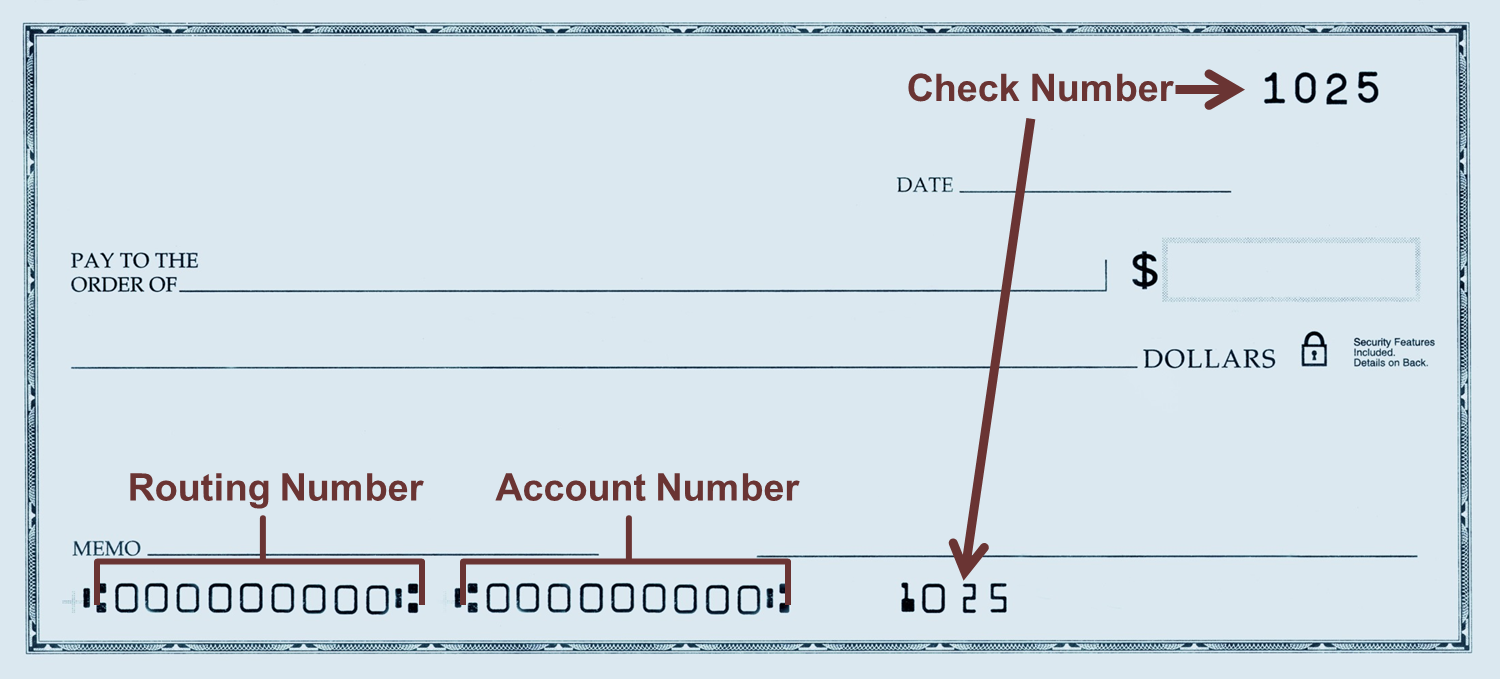Where Should I Direct Deposit My Paycheck?
Once you’ve decided to have your paycheck directly deposited, there’s another choice you have to make—where will you deposit your paycheck? Should...

There are three main ways you can receive payments: cash, checks, or electronically. Each of these payment methods has its advantages and disadvantages. One method, though, can give you a huge advantage when it comes to helping you manage your personal finances, a form of electronic payment called direct deposit.
Direct deposit means that your paycheck is automatically and electronically deposited directly into your banking account. There is no physical check or cash involved with a direct deposit.
Direct deposit uses a system called Automated Clearing House (ACH) to deposit your funds into your account. This allows your employer to send the fund electronically from their banking account directly into yours.
Many workers in the United States opt for direct deposit rather than a physical check for their paychecks because of the convenience and security. Increasingly employers are requiring their employees to have their paychecks direct deposited into a banking account and no longer print paper checks due to the cost savings involved. You can even have social security payments and tax refunds directly deposited.
Using direct deposit has several key benefits over paper checks or cash:
Having your paycheck directly deposited into your banking account is a fairly quick and easy process. You will need to know two pieces of information your account number and the routing number for your financial institution. You can often find this information at the bottom of your personal checks. If you do not have personal checks you can also contact your financial institution and they can provide that information to you.

Routing Number: It is a nine digit number that is the bank or credit union's electronic address essentially. Each financial institution has a different routing number, some even have multiple routing numbers for different purposes. This number tells your employer's financial institution where your account is located for depositing your paycheck.
Account Number: This is your specific account number at your specific financial institution. This number tells your financial institution which account to place the funds into at the time the direct deposit comes in from your employer.
Most employers who offer direct deposit have a short form that you need to complete in order to set up your paycheck to be direct deposited into your banking account. If they do not have a direct deposit form your financial institution will have one available you can take to your Human Resources department. Once you have given the completed direct deposit form to your employer you will start receiving your paychecks automatically into your account.
Direct deposit is a safe, reliable, and efficient way to receive your paycheck directly into your bank account, allowing you to access your funds faster and more securely, without the worry of misplaced or stolen checks. With direct deposit, you no longer need to visit your financial institution in person to deposit paper checks, your money is automatically available on payday, even if you're out of the office or on vacation.
In addition to making payday more convenient, direct deposit can help you organize your finances by letting you split your paycheck into multiple accounts, such as checking and savings, making it easier to work toward your savings goals or manage specific expenses. It's also environmentally friendly, since it eliminates paper checks, and typically comes at no extra cost to you.
Talk to your employer today to see if direct deposit is available to you, and start enjoying the benefits of faster, safer, and more convenient access to your hard-earned money.

Once you’ve decided to have your paycheck directly deposited, there’s another choice you have to make—where will you deposit your paycheck? Should...

Payment apps like Venmo, Zelle, and Cash App are quickly becoming the new normal for paying friends and family. They’re so popular, in fact, that...

While no one likes filing their taxes, most Americans look forward to getting a tax refund deposited into their account. Once you’ve filed your tax...